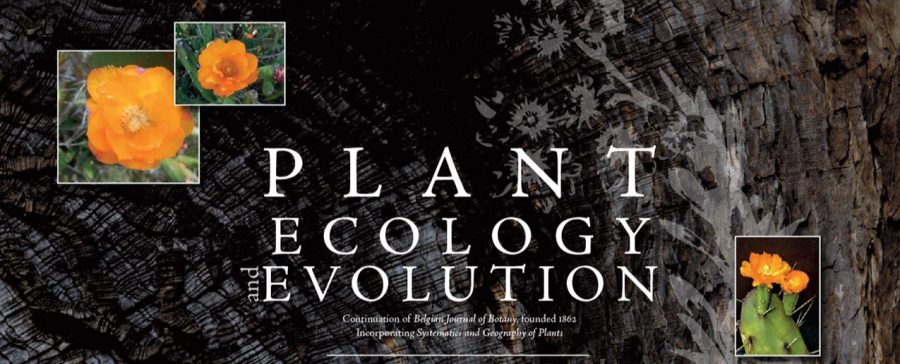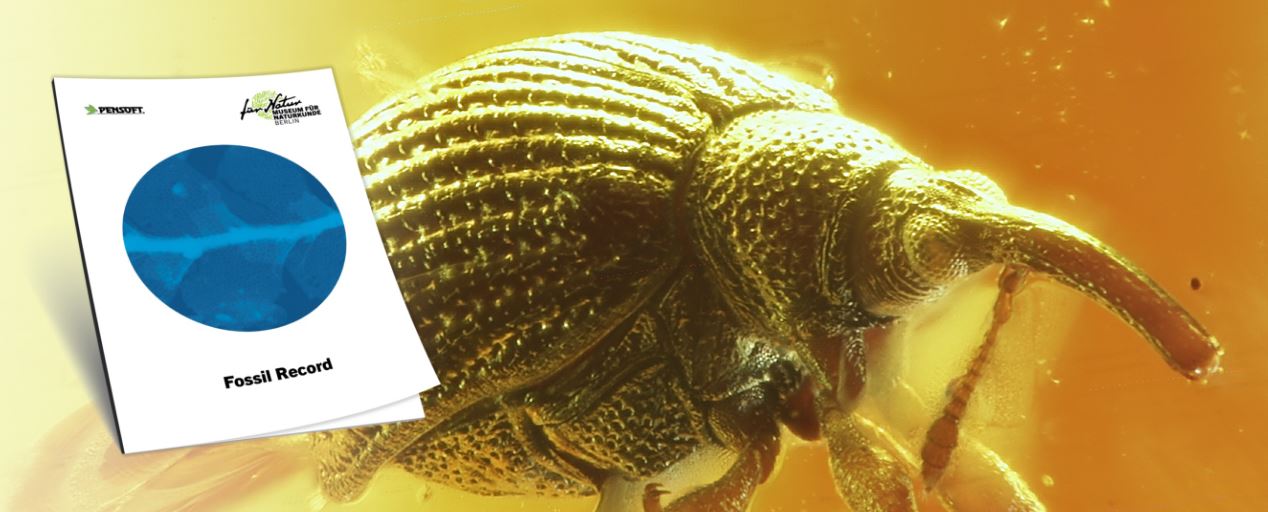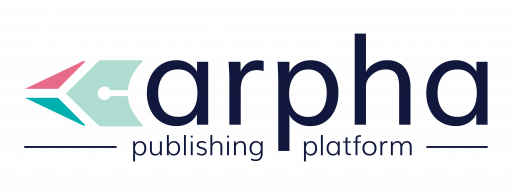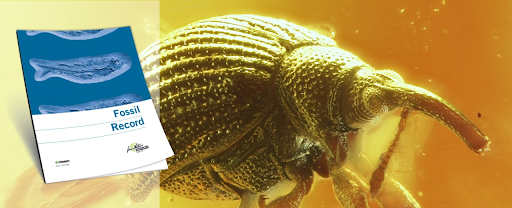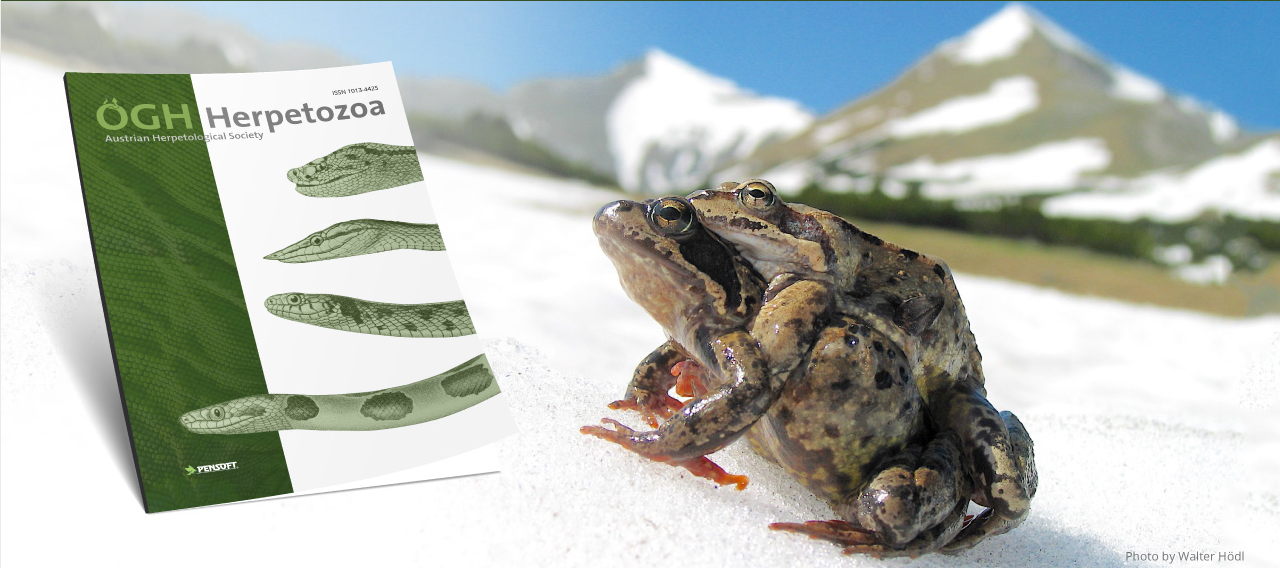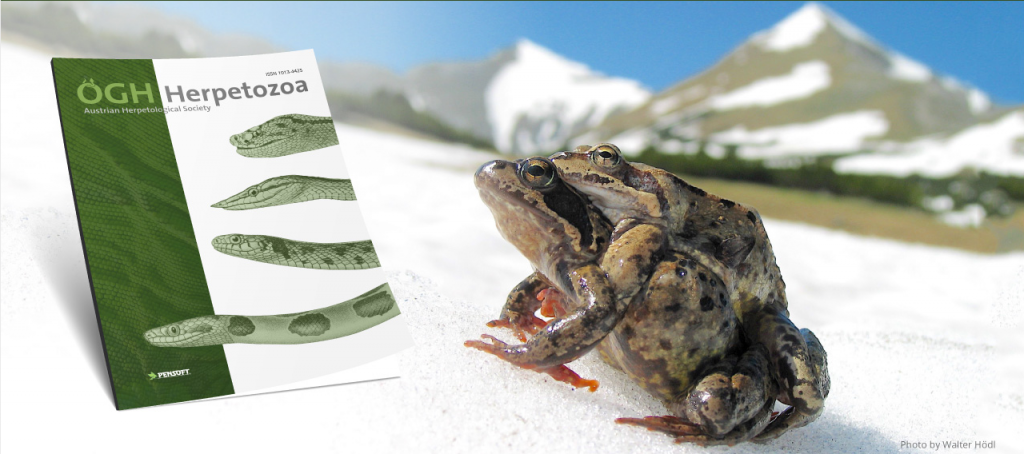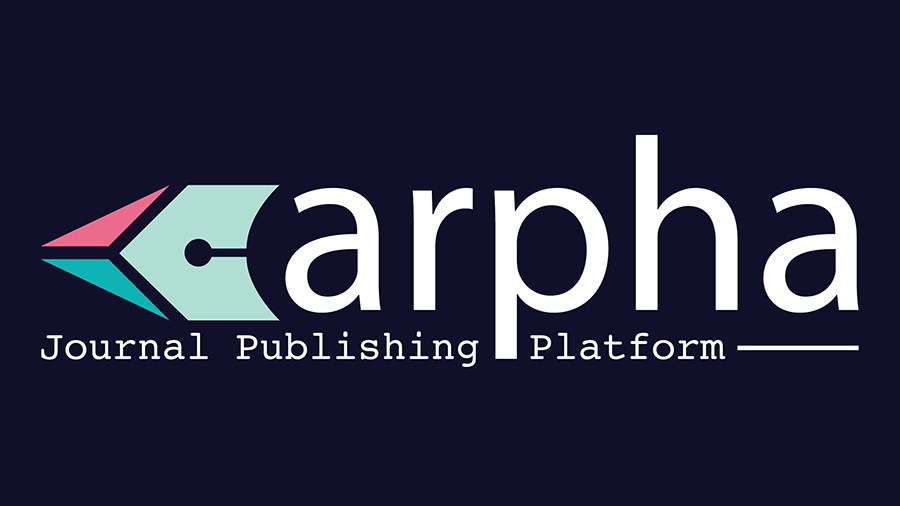Long past are the days where a journal’s role was to merely provide a means to getting a piece of research work out of a drawer and into the wide world. Today, a modern journal with demonstrable online presence and a distinct ‘character’ may as well be seen as a social network in its own right, which brings together a community of frequent readers, authors, reviewers and dedicated editors.
At ARPHA, we believe that this is the time to support and give voice to these very special communities by getting to know each other and sharing and celebrating their achievements. After all, it’s strong and active communities that foster collaboration, recognition and real-life impact.
Revamped journal newsletters
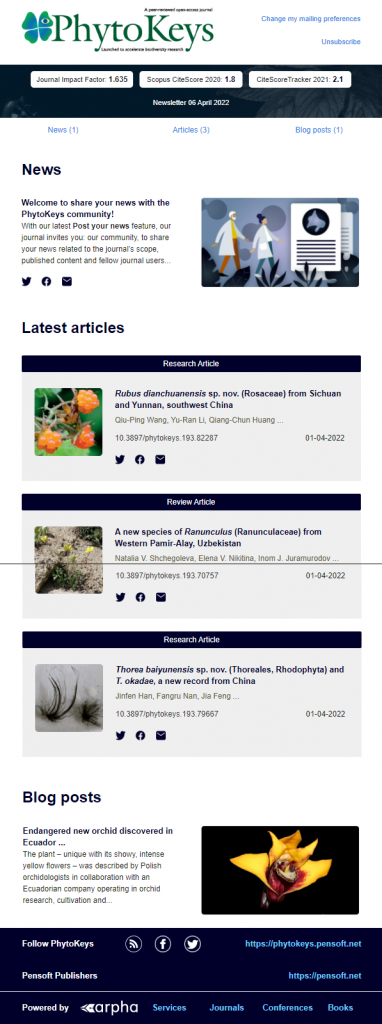
Journal readers subscribe to New Article alerts to stay updated about new research papers as they are published in a trusted scholarly outlet. Yet, having subscribed to notifications from a particular title – or a selection of similar titles – means that those users – typically authors, editors or active researchers in the field – might also be interested in learning about the journal’s latest Scopus CitesCore or Impact Factor; article collections calling for contributions; or new additions to the editorial board. All of these could be extremely useful to consider before submitting a paper, applying for the editorial board or simply updating a “to-read” list.
Thanks to the visually appealing look and clickable section tabs, newsletter subscribers can easily navigate through the email and explore its content at a glance.
Find instructions about how to update your profile and set up your email alerts in the ARPHA Manual.
‘Post your news’ button
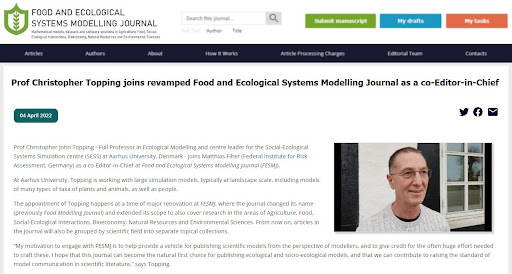
As wholesome communication is a two-way experience, we decided to support journals published on ARPHA in setting up the stage for their users to voice their activities. By adopting the Post your news button, many of the journals introduced a simple form accessible to registered users, where they can update the community about basically everything that’s relevant to the journal and its scope.
Particularly, the feature is useful to introduce new members of the editorial board; seek out collaborators; promote an upcoming scientific event; or celebrate the far-reaching impact and recognition of one’s research work published in the journal. Once approved by a moderator, the news item is featured in the journal’s designated News section on its website’s homepage and its newsletter.
Find instructions about how to submit a news item and how submitted news items are moderated.
Editors’ Choice badges
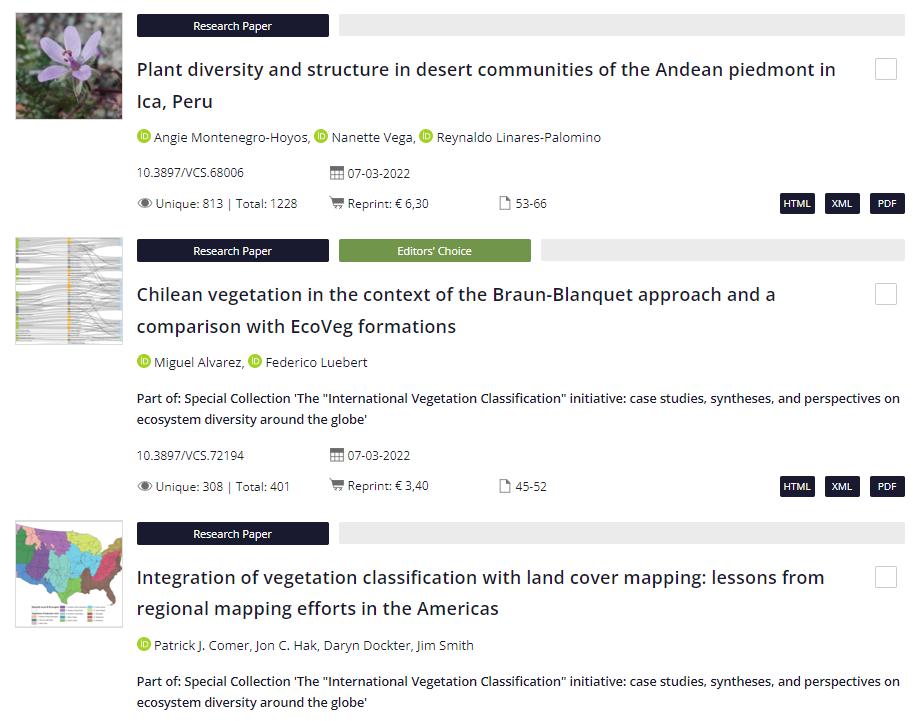
A simple, yet effective way to celebrate the impact of a particular publication is having the journal’s editors pinpoint the paper as an Editor’s choice. While many journals have traditionally been awarding articles and their authors with similar recognitions, it is not often that anyone is aware of those outside of the editorial board and the awardees themselves.
As a practical solution, we introduced customisable badges that can be added next to an article’s title, and allow a journal’s editors to highlight the best contributions.
Find instructions for editors on how to add badges to published articles.
***


